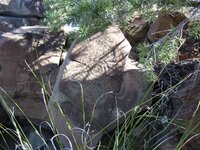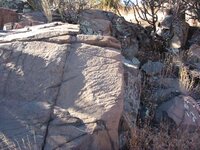LUE-Hawn
Sr. Member
- Feb 16, 2018
- 401
- 347
- Detector(s) used
- Minelab SDC 2300, Makro Deephunter Pro 3D, OKM EXP 4500 Pro, Garrett Hand Held Detectors, Falcon MD 20, English dowsing springs, Darley Spanish Dip Needle, L-Rods, what’s left of my brain :o)
- Primary Interest:
- All Treasure Hunting
Hello All,
Are the following stones clues to Treasure?
Judaculla Rock in North Carolina
The Bat Creek Stone in Tennessee
Dighton Rock in Massachusetts
The Bourne Rune Stone in Massachusetts
New England’s Mystery Stone
The Roseau Stone found in Minnesota
The Kensington Rune Stone in Minnesota
The Shawnee Rune Stone in Oklahoma
The Heavener Rune Stone in Oklahoma
The Davenport / Pontotoc Stele in Iowa
The Grave Creek Stone of West Virginia
The Los Lunas Decalogue in New Mexico
The Newark Decalogue in Ohio
The Johnson-Bradner Stone found in Newark, Ohio
The Keystone found in Newark, Ohio
Including areas of interest including the following:
Newport Tower in Rhode Island
Any information you have on these sites would be most helpful.
Regards
LUE-Hawn
Are the following stones clues to Treasure?
Judaculla Rock in North Carolina
The Bat Creek Stone in Tennessee
Dighton Rock in Massachusetts
The Bourne Rune Stone in Massachusetts
New England’s Mystery Stone
The Roseau Stone found in Minnesota
The Kensington Rune Stone in Minnesota
The Shawnee Rune Stone in Oklahoma
The Heavener Rune Stone in Oklahoma
The Davenport / Pontotoc Stele in Iowa
The Grave Creek Stone of West Virginia
The Los Lunas Decalogue in New Mexico
The Newark Decalogue in Ohio
The Johnson-Bradner Stone found in Newark, Ohio
The Keystone found in Newark, Ohio
Including areas of interest including the following:
Newport Tower in Rhode Island
Any information you have on these sites would be most helpful.
Regards
LUE-Hawn






